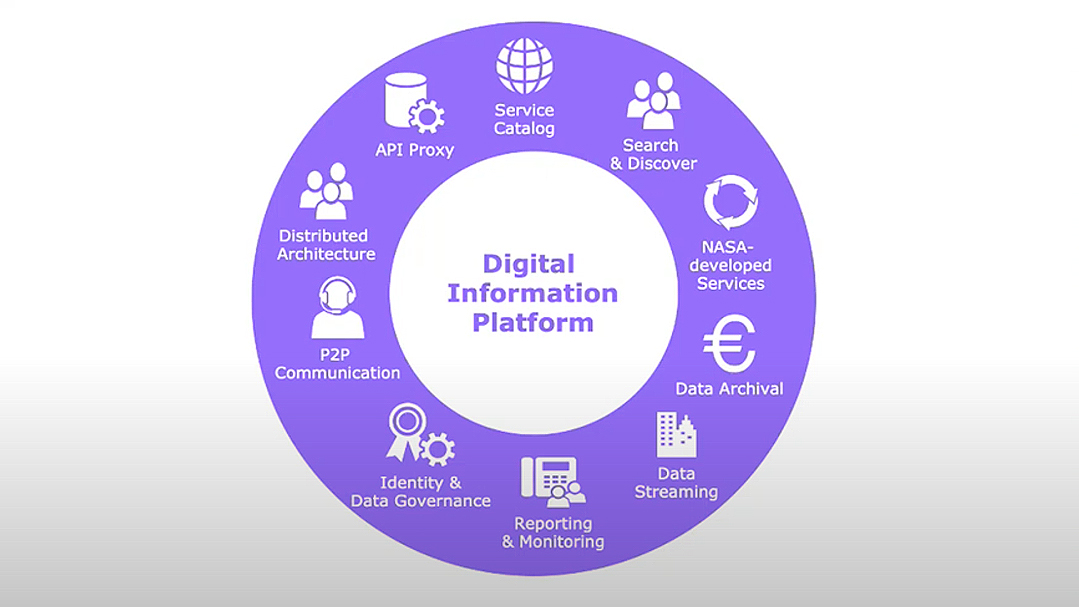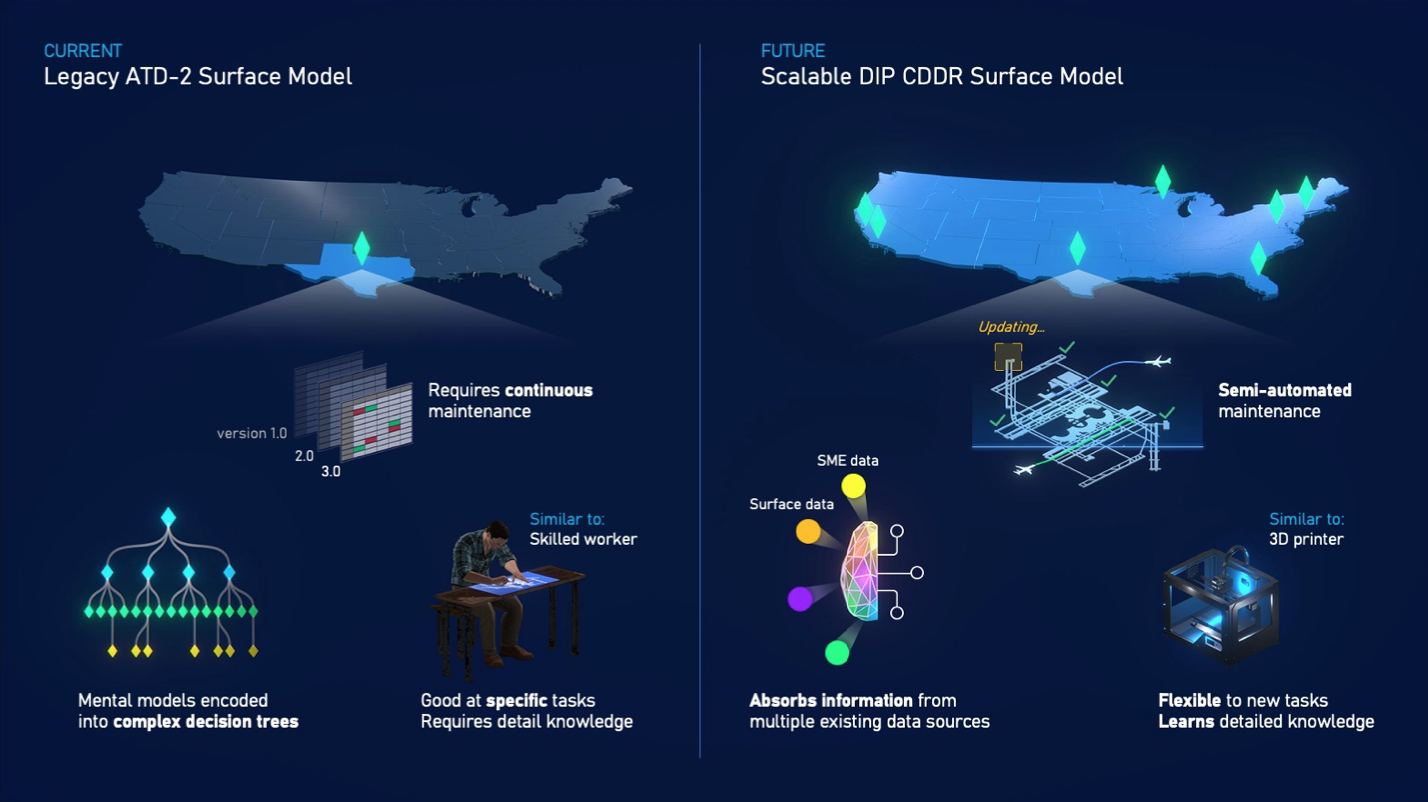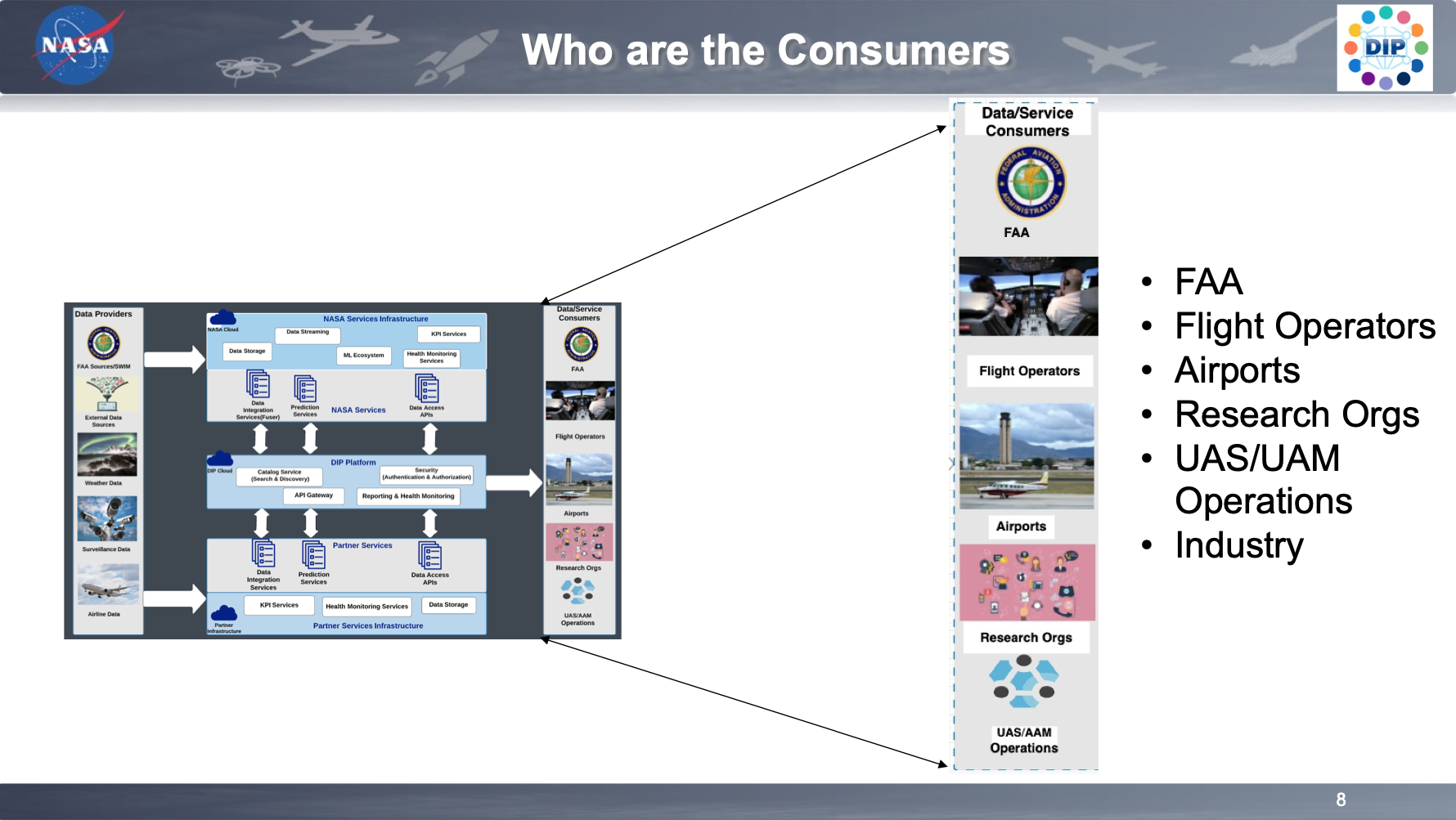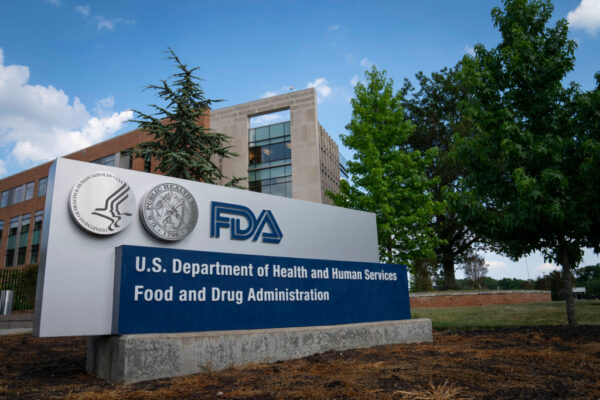How to Maintain a HIPAA-Compliant EHR in 2025
The following is a guest article by Kelly Goolsby from Liquid Web HIPAA compliance is no longer just a checkbox: it’s a dynamic risk posture that must evolve as your systems, staff, and service providers change. In 2025 and beyond, EHRs have to do more than secure PHI; they need to enable continuous security oversight, […]

The following is a guest article by Kelly Goolsby from Liquid Web
HIPAA compliance is no longer just a checkbox: it’s a dynamic risk posture that must evolve as your systems, staff, and service providers change. In 2025 and beyond, EHRs have to do more than secure PHI; they need to enable continuous security oversight, zero-trust access, and seamless breach response.
For IT leaders, the challenge isn’t just choosing the right EHR platform, it’s maintaining compliance across your operational stack—from APIs and staff endpoints, to the servers hosting your healthcare data.
What makes an EHR HIPAA compliant?
A compliant EHR satisfies all applicable HIPAA requirements under the Privacy Rule, Security Rule, and Breach Notification Rule. That includes encryption protocols, audit trails, access control systems, and signed Business Associate Agreements (BAAs) with any vendor handling protected health information (PHI)—even as the volume of data continues to grow.
- Administrative safeguards: Documented policies for data access, risk analysis, training, and breach response.
- Technical safeguards: Role-based access, MFA, encryption (at rest and in transit), and ongoing log review.
- Physical safeguards: Controlled facility access, secured endpoints, and hosted infrastructure that meets compliance standards.
Key security practices for 2025
Security frameworks are maturing fast. To remain HIPAA compliant, EHR environments should implement the following:
1. End-to-end data encryption
Encryption must meet or exceed NIST recommendations (e.g., AES-256). Data must be encrypted during storage and transmission—including across APIs, backups, and endpoint devices.
2. Role-based access with MFA
Access to PHI should be tightly scoped using the principle of least privilege. MFA is no longer optional, especially for remote access, mobile apps, and telehealth sessions.
3. Immutable audit trails
Every interaction with ePHI must be logged: access, edits, deletions, exports. These logs should be immutable, securely stored, and reviewed regularly for anomalies.
4. Formalized risk analyses
The Security Rule requires regular security risk analyses (SRAs). A proper SRA is not a one-time checklist—it’s a repeatable, auditable process with actionable remediations and documentation.
5. Secure integrations and APIs
Third-party connections, from billing and labs to patient engagement tools, must be secured and governed under BAAs. OAuth2 or similar protocols should be standard, with token expiration and scope limitations enforced.
Business Associate Agreements: no shortcuts
BAAs formalize your partners’ responsibility for protecting PHI and complying with HIPAA. But a signature alone isn’t enough. Risk-based vetting, audit rights, and service-level expectations (especially for incident response and breach notification) should be clearly documented.
If a vendor can’t articulate their HIPAA safeguards or offer evidence of independent security assessments, it’s a red flag.
New HIPAA requirements impacting EHRs in 2024–2025
Several developments from HHS and the OCR are changing how EHR compliance is interpreted and enforced:
- Recognized Security Practices (RSPs): Covered entities and business associates who can show documented adherence to frameworks like NIST CSF or 405(d) may benefit from leniency in investigations and enforcement.
- Expanded third-party risk oversight: OCR now expects documented third-party monitoring, not just initial vetting. This includes proof of ongoing compliance, penetration testing, and breach drills.
- Post-pandemic telehealth enforcement: Remote work and telehealth setups must now meet full HIPAA standards—no exceptions. This includes secure endpoint management, encrypted connections, and logging.
Staying ahead means embedding these requirements into your EHR compliance lifecycle, not treating them as temporary trends.
Breach response and the HIPAA Notification Rule
The Breach Notification Rule requires covered entities to notify affected individuals, the Department of Health and Human Services, and in some cases the media following a data breach.
To comply effectively:
- Define what constitutes a reportable breach based on PHI exposure.
- Establish a 60-day clock starting from discovery—not remediation.
- Ensure logs, monitoring, and alerts are in place to detect and confirm breaches promptly
Proactive hosting security strategies—like real-time intrusion detection, file integrity monitoring, and SIEM integration—can streamline incident response and reduce compliance exposure.
Well-known EHR platforms that prioritize compliance
Most large vendors offer HIPAA-compliant solutions—but responsibility doesn’t stop with the software. Still, the following platforms are popular among organizations prioritizing compliance:
- Epic EHR: A robust enterprise solution with a strong compliance track record.
- CureMD / ICANotes: Ideal for mid-size and behavioral health practices, with secure cloud access and extensive configuration options.
- TherapyNotes / Healthie: Designed for remote-first and mental health providers with built-in PHI safeguards and audit tools.
Choose a vendor with third-party audit reports, documented BAAs, and flexible infrastructure options—especially if you plan to deploy in a dedicated hosting environment.
The secret ingredient: hosting infrastructure
The software you choose matters, but most organizations stop there. The truth is: where that software runs, and who manages that environment, is equally critical. Hosting decisions impact encryption, physical security, backup integrity, and your ability to audit and respond to incidents.
Dedicated servers vs cloud hosting
Public cloud platforms offer flexibility, but they often require complex shared-responsibility models and granular configuration to achieve full HIPAA compliance. Misconfigurations are common, and enforcement around cloud-native services has increased.
Dedicated servers offer a cleaner, more controlled surface:
- Full access control with no noisy neighbors
- Easier auditability for security reviews or OCR inquiries
- Simpler enforcement of encryption, patching, and MFA
- Clear chain of custody and simplified compliance documentation
On-prem vs dedicated server rental for HIPAA compliance
When it comes to infrastructure, healthcare organizations typically evaluate two HIPAA-compliant options: managing servers on-premises or renting from a HIPAA-audited hosting provider.
- On-prem servers offer complete physical control, which is the best for security if you have a robust, in-house IT and facilities staff. They also require significant capital expenditure, ongoing hardware maintenance, and strict internal controls for physical security, disaster recovery, and incident response. HIPAA compliance audits must also be fully owned and executed internally.
- Dedicated server rental provides many of the same control benefits—root access, custom configurations, private networking—without the overhead of maintaining physical infrastructure. Hosting providers that specialize in HIPAA compliance offer secure, audited environments with built-in redundancy, 24/7 monitoring, and pre-established administrative and physical safeguards.
For most organizations, especially those seeking scalability, reduced IT burden, or geographic risk diversification, renting from a HIPAA-audited provider offers a streamlined path to compliance with fewer resource demands.
Getting started with HIPAA-compliant EHR maintenance
You know that maintaining HIPAA compliance is an ongoing strategic initiative. Healthcare IT executives should:
- Review and update security policies: Ensure that all policies align with the proposed requirements, particularly concerning encryption, MFA, and regular security assessments.
- Engage with vendors: Communicate with all business associates to verify their compliance with the new requirements and obtain the necessary certifications.
- Invest in infrastructure: Consider upgrading to dedicated, HIPAA-audited servers that offer enhanced security features, such as network segmentation and comprehensive configuration management, to meet the new standards.
- Conduct training and awareness programs: Educate staff on the importance of these changes and their roles in maintaining compliance.
Start by auditing your current setup from the foundation: where is your data being hosted? How compliant is it?
If you need to upgrade your EHR to secure, isolated servers, Liquid Web can help. With advanced server technology specifically designed to help you achieve HIPAA compliance, our hosting solutions are trusted by more than 400 medical practices and organizations. Security standards are unbeatable, and server speeds are lightning fast.
Liquid Web is a proud sponsor of Healthcare Scene






















































































































































